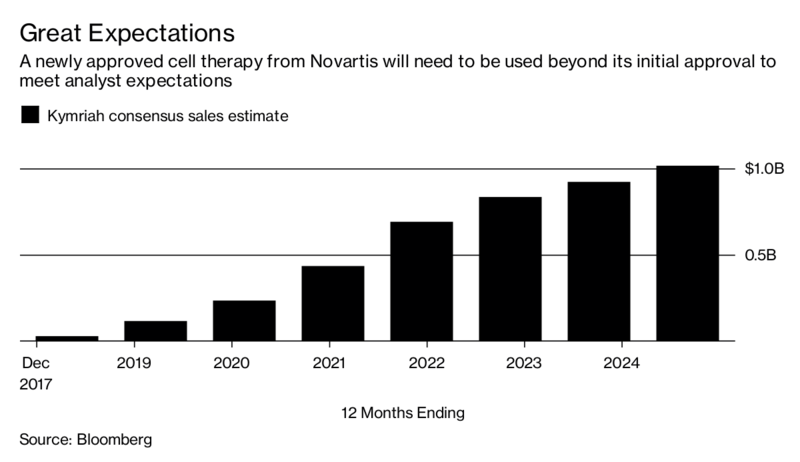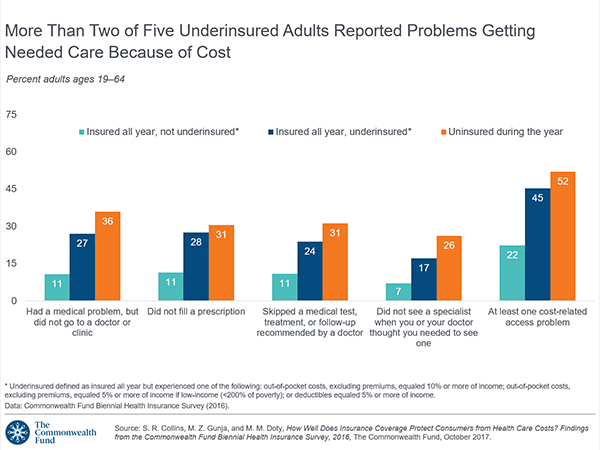Last week, President Trump once again used the “M” word (“murder”) in a sentence accusing the pharmaceutical industry of too-high priced products for U.S. health citizens. The sentence included the phrase, “Drug companies are getting away with murder.” That week, USA Today published an article on a new FDA-approved specialty drug therapy that could add up to over a $1 mm price tag.
There is much to report in the world of pharmaceutical innovation, pricing, and patient Rx coverage this month. The CVS Health – Epic announcement ranks high in Health Populi’s vision for the evolving health/care ecosystem, bringing together two key industry leaders in their segments: retail pharmacy and prescription benefits management, and healthcare information technology. Each of these companies is the largest in their sector, and therefore brings scale and reach to this collaboration that aims to lower the cost of prescription drugs to plan members while bolstering medication adherence — two Holy Grails of healthcare in the current constrained health economy. The program has a strong population health focus, as well as a broad view on retail data to be included in the electronic health record: over-the-counter meds purchased in the “front of the store” will also be included in the patient’s EHR, allowing clinicians to have a more complete view of a person’s real-life medicines and supplements list.
 On the drug-pricing front, PwC published its paper on Launching into Value, discussing pharma’s “quest” to align drug prices with outcomes. Broadly-defined, value has already come to health care and the concept will expand for both public payors (Medicare in 2018, and state Medicaid programs in various ways), and among commercial payors. Note that the Health Care Transformation Task Force, composed of major payors, purchasers, and patient advocacy groups, has committed to move 75% of the group’s collection business into value-based payment programs by 2020. PwC’s survey of pharmaceutical industry executives found that while the stakeholders are aware of value-based trends, only one-third of pharma execs believe the rewards of the programs align with the risks companies take in entering these contracts.
On the drug-pricing front, PwC published its paper on Launching into Value, discussing pharma’s “quest” to align drug prices with outcomes. Broadly-defined, value has already come to health care and the concept will expand for both public payors (Medicare in 2018, and state Medicaid programs in various ways), and among commercial payors. Note that the Health Care Transformation Task Force, composed of major payors, purchasers, and patient advocacy groups, has committed to move 75% of the group’s collection business into value-based payment programs by 2020. PwC’s survey of pharmaceutical industry executives found that while the stakeholders are aware of value-based trends, only one-third of pharma execs believe the rewards of the programs align with the risks companies take in entering these contracts.
 What is the value of a $1 mm therapy? That would be in the eye of the beholder: if you are a parent of a young child whose whole life potential lies ahead, $1 mm might look like a good deal. If you’re 75 in stage four of a painful cancel journey, then you might be at peace that life has been good, and enough. The CAR-T treatment branded as Kymriah was approved in August 2017 with a retail price of $475,000. An article in USA Today published last week estimated that the total cost of care under that therapy could reach $1.5 mm, based on the calculations of a leukemia specialist teaching at the University of Texas MD Anderson Cancer Center.
What is the value of a $1 mm therapy? That would be in the eye of the beholder: if you are a parent of a young child whose whole life potential lies ahead, $1 mm might look like a good deal. If you’re 75 in stage four of a painful cancel journey, then you might be at peace that life has been good, and enough. The CAR-T treatment branded as Kymriah was approved in August 2017 with a retail price of $475,000. An article in USA Today published last week estimated that the total cost of care under that therapy could reach $1.5 mm, based on the calculations of a leukemia specialist teaching at the University of Texas MD Anderson Cancer Center.
 Now, to the question of affordability in the eyes of the patient. The Commonwealth Fund’s October 2017 issue brief asks the question, “How Well Does Insurance Coverage Protect Consumers From Health Care Costs?” analyzing the Fund’s biennial health insurance survey. I pulled the multi-colored bar chart which illustrates the reality that over two in five underinsured U.S. adults had problems getting healthcare due to cost. 28% of the underinsured did not fill a prescription due to cost.
Now, to the question of affordability in the eyes of the patient. The Commonwealth Fund’s October 2017 issue brief asks the question, “How Well Does Insurance Coverage Protect Consumers From Health Care Costs?” analyzing the Fund’s biennial health insurance survey. I pulled the multi-colored bar chart which illustrates the reality that over two in five underinsured U.S. adults had problems getting healthcare due to cost. 28% of the underinsured did not fill a prescription due to cost.
The Foundation’s report discusses the Affordable Care Act’s positive outcome for gains in U.S. health citizens’ health care coverage and improvements on key indicators of access and reductions in medical bill problems. A study in this month’s Health Affairs has found that in California, peoples’ use of payday loans fell in concert with the expansion of Medicaid via the ACA, resulting in greater financial wellness for health citizens (in the short-term).
Health Populi’s Hot Points: The issue of “under-insurance” is timely given that the President, who has publicly spoken talked at least twice about the too-high cost of prescription drugs, has promoted the use of so-called skinny health plans that can fly under state regulatory radar. Thus the promise of innovative treatments such as CAR-T therapy for children diagnosed with acute lymphoblastic leukemia may just be a promise if pricing, and peoples’ ability to pay for new-and-improved medicines, do not align.





 Interviewed live on BNN Bloomberg (Canada) on the market for GLP-1 drugs for weight loss and their impact on both the health care system and consumer goods and services -- notably, food, nutrition, retail health, gyms, and other sectors.
Interviewed live on BNN Bloomberg (Canada) on the market for GLP-1 drugs for weight loss and their impact on both the health care system and consumer goods and services -- notably, food, nutrition, retail health, gyms, and other sectors. Thank you, Feedspot, for
Thank you, Feedspot, for  As you may know, I have been splitting work- and living-time between the U.S. and the E.U., most recently living in and working from Brussels. In the month of September 2024, I'll be splitting time between London and other parts of the U.K., and Italy where I'll be working with clients on consumer health, self-care and home care focused on food-as-medicine, digital health, business and scenario planning for the future...
As you may know, I have been splitting work- and living-time between the U.S. and the E.U., most recently living in and working from Brussels. In the month of September 2024, I'll be splitting time between London and other parts of the U.K., and Italy where I'll be working with clients on consumer health, self-care and home care focused on food-as-medicine, digital health, business and scenario planning for the future...